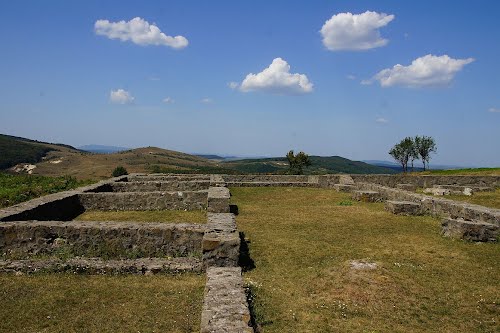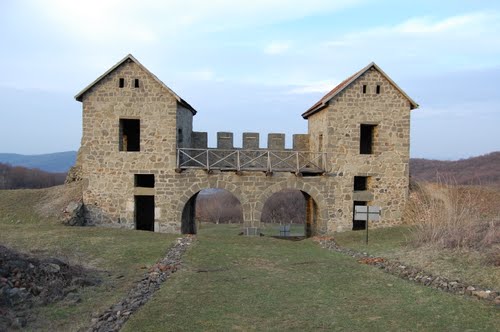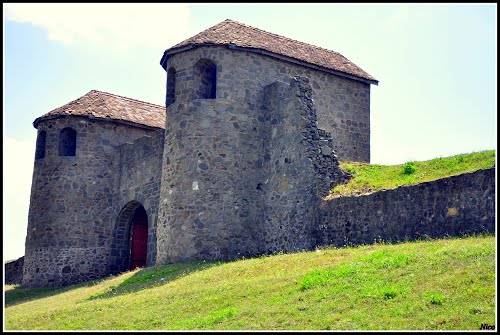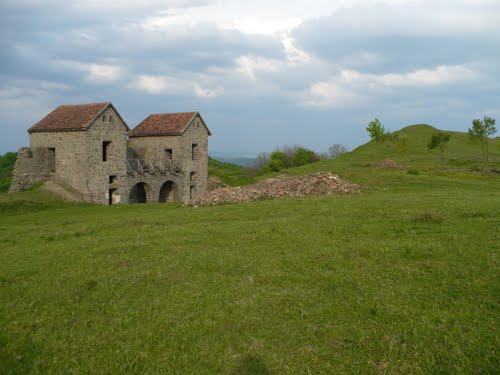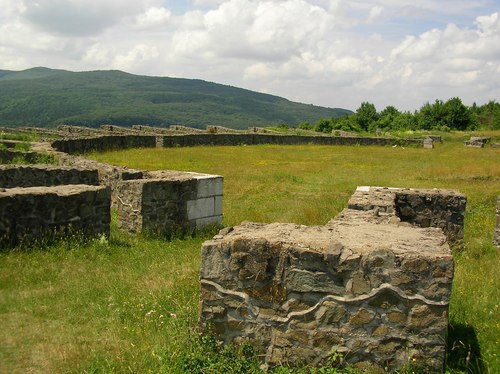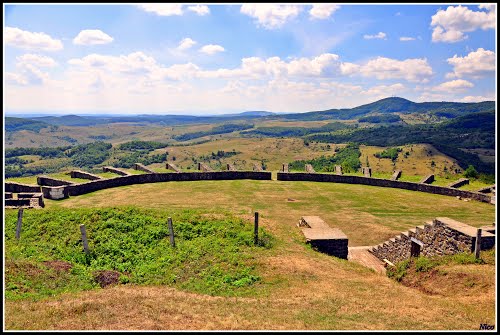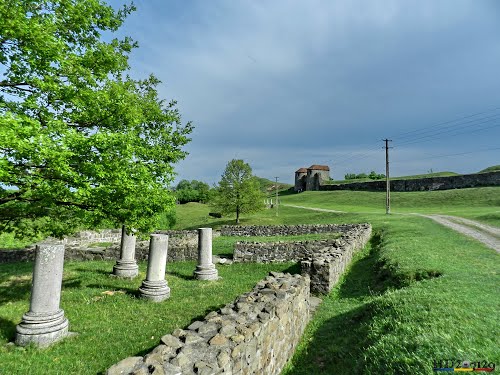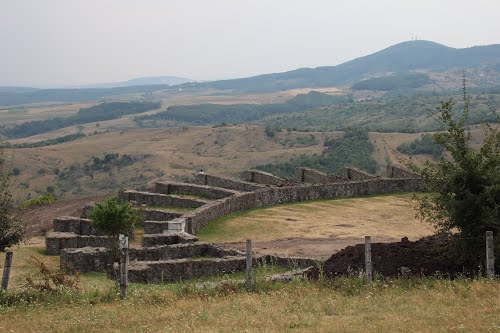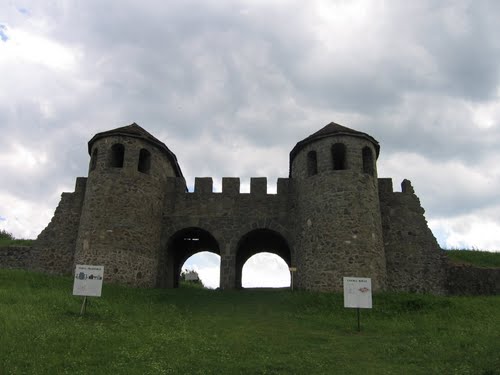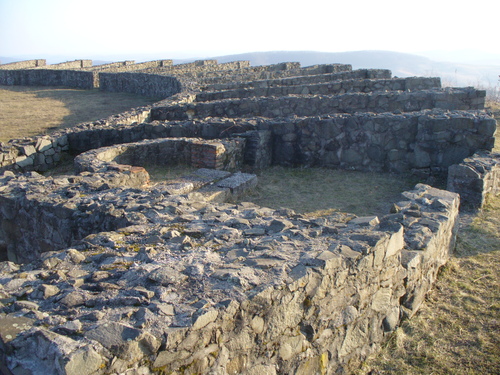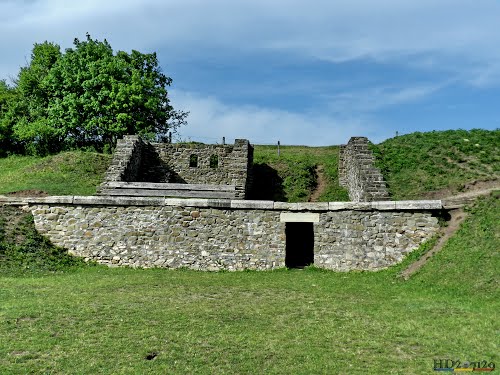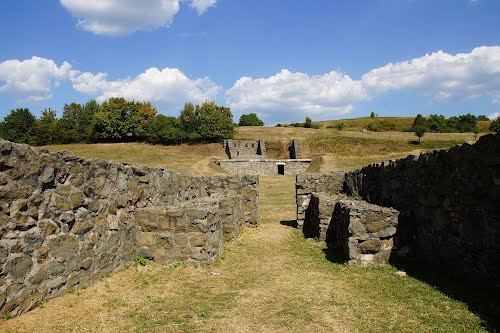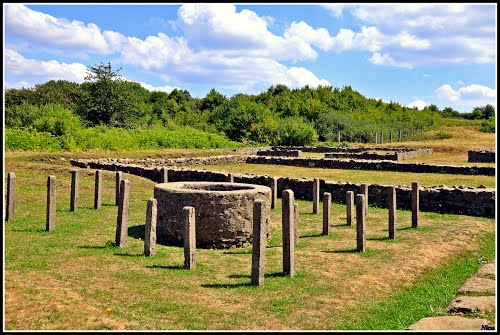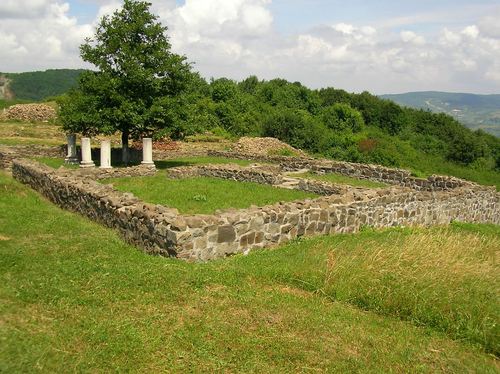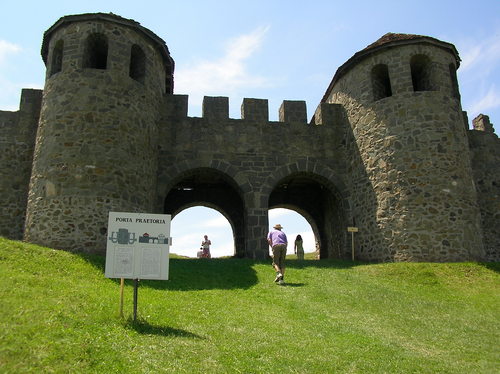Porolissum was an ancient Roman city in Dacia. Established as a military camp in 106 during Trajan's Dacian Wars, the city quickly grew through trade with the native Dacians and became the capital of the province Dacia Porolissensis in 124. The site is one of the largest and best-preserved archaeological sites in modern-day Romania. It is 8 km away from the modern city of Zalau, in Jac village, Creaca Commune, Salaj County.
History
In 106, at the beginning of his second war against the Dacians, Emperor Trajan established a military stronghold at the site to defend the main passageway through the Carpathian mountains. The fort, initially built of wood on stone foundations, was garrisoned with 5000 auxiliary troops transferred from Spain, Gaul and Britain. Even though the name Porolissum appears to be Dacian in origin, archaeologists have so far uncovered no evidence of a Dacian settlement preceding the Roman fort.
n the following decades, the fort was enlarged and rebuilt in stone (possibly under the reign of Marcus Aurelius), and a civilian settlement developed around the military center. When Hadrian created the new province Dacia Porolissensis (named for the now sizable city) in 124, Porolissum became the administrative center of the province. Under emperor Septimius Severus, the city was granted municipium status, allowing its leaders and merchants to act independently. Although the Romans withdrew from Dacia in 271 under Aurelian and the city was abandoned by its founders, archaeological evidence shows that it remained inhabited for several centuries afterwards.
Even though the city was founded as a military center in the middle of a war, the garrison of Porolissum seems to have lived in peaceful coexistence with their Dacian neighbours - several Dacian villages that were apparently founded after the city of Porolissum have been uncovered by archaeologists on the surrounding hills. There are also some inscriptions mentioning city officials with Romano-Dacian names, indicating close cooperation on a political level.

